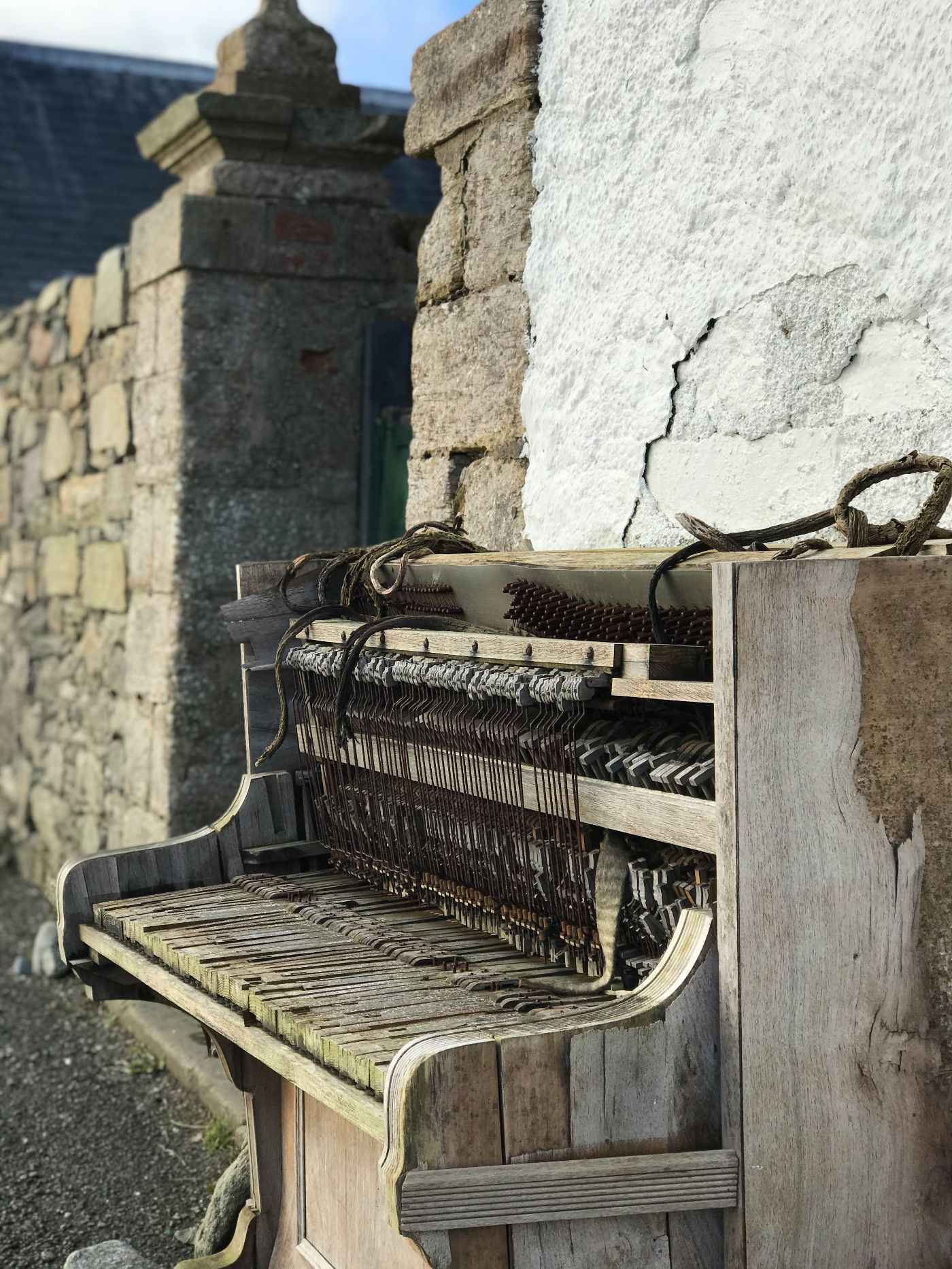
“…part of what I am is the enigmatic traces of others…” (Judith Butler)
When we experience the loss of another, we seek to find ways of making sense of absence. We often speak of the “space left behind’. This space has shape, form, texture - and yet, it is constructed entirely by the absence of the other. It is the negative space around what was once present. When we navigate our experience of loss, we are seeking ways to create a narrative of this absence.

Through a process of creative practice that encompasses creative peregrination, personal archaeology, physical observation, writing and collaborative digital art, Mapping The Void seeks to engage in a dialogue between personal and ecological loss, and attempts to find a common language between them that can help to connect us with the impact of climate change on our human narrative.

From creating immersive textual environments to mapping the narrative landscapes of Neolithic Orkney, my research explores my collaborative creative engagement as a poet and writer with new digital technologies, to create narratives from these enigmatic traces.
Using VR-AR and creative writing, Mapping the Void explores how our narrative landscapes are shaped by the ‘enigmatic traces of others’ asking: what is the trace we leave behind; how do we capture what is no longer present — the traces of those who have gone before us — and how we find ways to let go?

By reflecting upon my own personal stories of loss, Mapping The Void also seeks to find a way of engaging with the ecological grief or ‘solastalgia’ that is experienced in the face of a rapidly changing planet. Leading climate scientists have warned that there is only around 12 years for us to prevent global warming from exceeding a maximum of 1.5C, beyond which the risks of drought, floods, extreme heat and poverty for hundreds of millions of people will rise significantly. This reality is taking its toll on our mental health as we experience a state of continual unfolding ecological loss. How do we face up to these changes? How do we overcome the feelings of loss, anger, hopelessness, powerlessness, despair and distress? How do we find a way to respond in a meaningful, purposeful way? The reality of this impact on our global mental health is significant and has far-reaching long term implications that we are little prepared for.

Through a process of creative practice that encompasses creative peregrination, personal archaeology, physical observation, writing and collaborative digital art, Mapping The Void seeks to engage in a dialogue between personal and ecological loss, and attempts to find a common language between them that can help to connect us with the impact of climate change on our human narrative.
